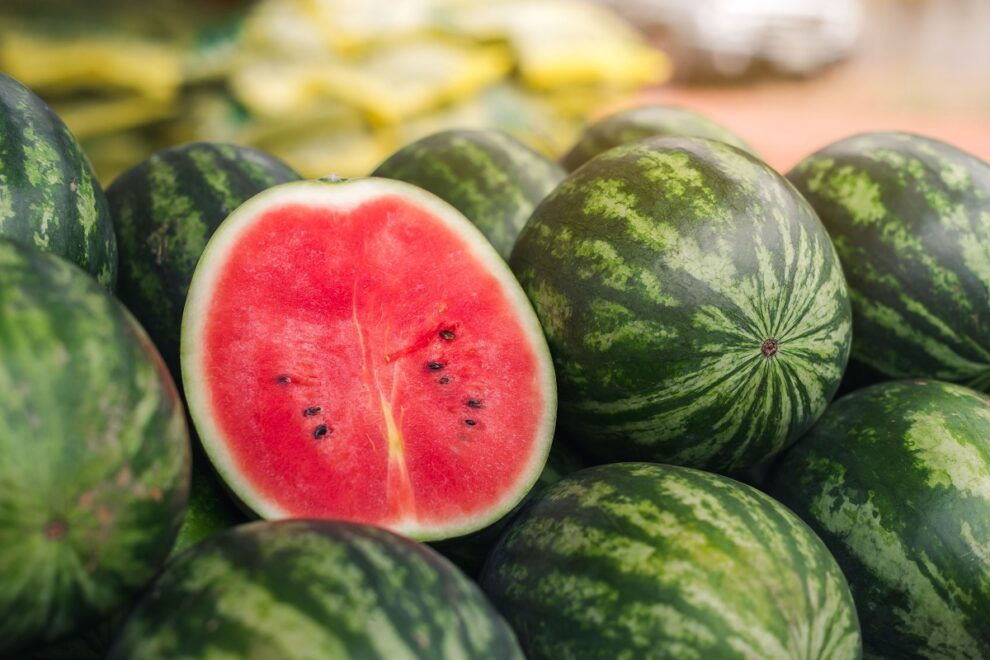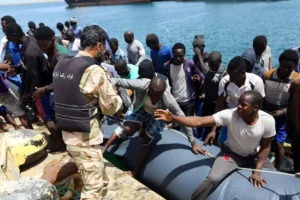The government is continuing to implement measures to restrict the production of watermelon in Morocco in an attempt to ration dwindling water resources.
In Zagora, a key production province of the water-intensive crop, the governor issued a decision limiting the maximum areas allowed for the cultivation of watermelon to one hectare.
The decision was announced on the sidelines of a meeting held at the administration headquarters on October 18, 2023.
The restriction equally extends to cultivating all types of watermelon in areas close to drinking water pumping fields defined by local committees. The designated areas include facilities supplying potable water and the banks of the Draa River along the oases, in addition to the riverbeds.
To monitor the implementation of the decision, local authorities have set up committees tasked with monitoring the quantity of water extracted for irrigation and tracking the condition of water resources. The committees can also take legal measures against those who violate the restriction.
As concerns over water scarcity continue to mount, Morocco’s Ministry of Agriculture first stepped in September 2022 and discontinued irrigation subsidies for the cultivation of water-intensive crops like avocados, watermelons, and citrus fruits.
Between 2017 and 2022, Moroccan watermelons’ exports have been increasing gradually, at an average annual growth of 13%. At the end of 2022, watermelon production reached 300,000 tonnes, double the volume in 2017.
Over the first six months of 2023, watermelon exports showed signs of slowing, with exports to Spain taking a 50% nosedive. The country remains the primary supplier in the Spanish market.
Morocco’s water resources have been hard hit by the worsening climate change and the consecutive droughts. World Bank reports rank Morocco with counties with the lowest water resources per capita.
In 2015, the country’s average water resources per capita stood at a mere 645 cubic meters annually, falling well short of the international “water poverty line” of 1000 cubic meters per capita.
The World Bank projects Morocco’s water resources to further deplete by 2050, with the figure plummeting to 500 cubic meters per capita, edging closer to the international benchmark of “extreme water scarcity.”
The decision to cease irrigation subsidies was prompted by a wave of online campaigns advocating for the halt of water-intensive crop cultivation. Moroccan environmental organizations, including Morocco Environment 2050, have been urging the government to halt the cultivation of watermelon and avocados.
Last year’s severe drought pushed Moroccan dams to a record-low filling rate, marking a five-year low.
While Morocco has a history of grappling with droughts, recent years have witnessed an alarming increase in the frequency and severity of these dry spells due to acute climate change.
Meanwhile, the scarcity of water resources has forced various regions to adopt drastic measures to safeguard their water supplies. The measures include water rationing and prohibitions on the use of drinking water for irrigating public gardens, among other actions.
Source: Morocco World News











